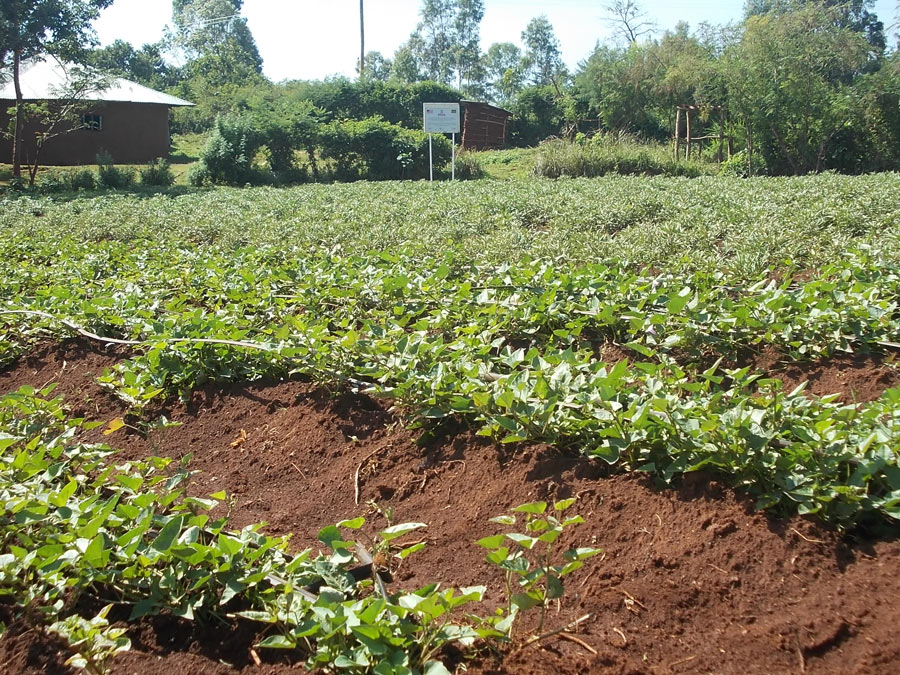 County governments and organizations working in Kenya’s arid areas are expressing appetite for sweet potatoes in a bid to balance between feeding population and livestock, as the versatile crop exhibits faster growing and replication traits.
County governments and organizations working in Kenya’s arid areas are expressing appetite for sweet potatoes in a bid to balance between feeding population and livestock, as the versatile crop exhibits faster growing and replication traits.
Already Bomet County has requested the Kenya Agricultural Livestock and Research Organization, KARLO, to supply it with sweet potato vines worth Sh800,000. Each vine costs Sh1 and can produce up to 10 more vines upon maturity.
The World Food Programme under its programmes in arid and Semi arid areas has also expressed interest in the sweet potatoes with a particular interest in Turkana county.
The Pokot County government has also placed orders with KARLO for the supply of unspecified amount of the vines for a span of one year.
“The overwhelming demand is a good sign especially in these areas which have traditionally been struggling to get into crop production. Sweet potato is one of the crops best suited for arid and semi arid areas and which has potential to encourage production of the tuber for human consumption and the leaves for the animals that are very dear to pastoralists who form the bulk of dwellers in these areas,” said Dr. Joyce Malinga, a sweet potato breeder and currently the centre director of the KALRO Food Crops Research Institute in Kitale.
KALRO has in the recent past been actively engaged in developing superior sweet potato varieties as it seeks to market the crop as key in the country’s quest for food security in the wake of failing rains.
Some of the high yielding, fast maturing and drought tolerant varieties like KSP 47, KSP 72 and SPK 004, which have been developed by KARLO have become a favourite among the farmers in the dry land areas.
“Smallholder farmers have been growing them, but that has been in small scale. Recent interest in the crop by major players like the county governments and WFP means we can now move to up scale growing of the crop to as many of our people in the arid and semi arid areas as we possibly can,” said Dr. Malinga.
Pastoralists can also use the vines to feed their livestock with a kilogram of the vines being enough to take care of the daily energy needs of cows, sheep and goats according to the Kenya Agricultural and Livestock Research Organisation (KALRO) Agricultural Product Value Chain (APVC) report of 2012.
The ability of the vines from the new varieties to climb four times faster than the traditional varieties makes them ideal for the arid areas.
The adoption, Dr. Malinga said, is equally crucial in the country’s fight against Vitamin A deficiency especially among children under the age of five which has become one of the largest killers.
“The vines can grow vegetatively and farmers can also re plant them for as long as they want. With the crops now maturing as early as within three months, it means families in these arid areas have a guaranteed source of food even in times of drought,” added Dr. Malinga.
Scientists have also been advocating for the human consumption of the sweet potato leaves, as vegetables, which the scientists say are rich in Lutein and zeaxanthin, compounds that prevents Age-Related Macular Degeneration, AMD, and Cataract, common eye diseases.
















Comments powered by CComment